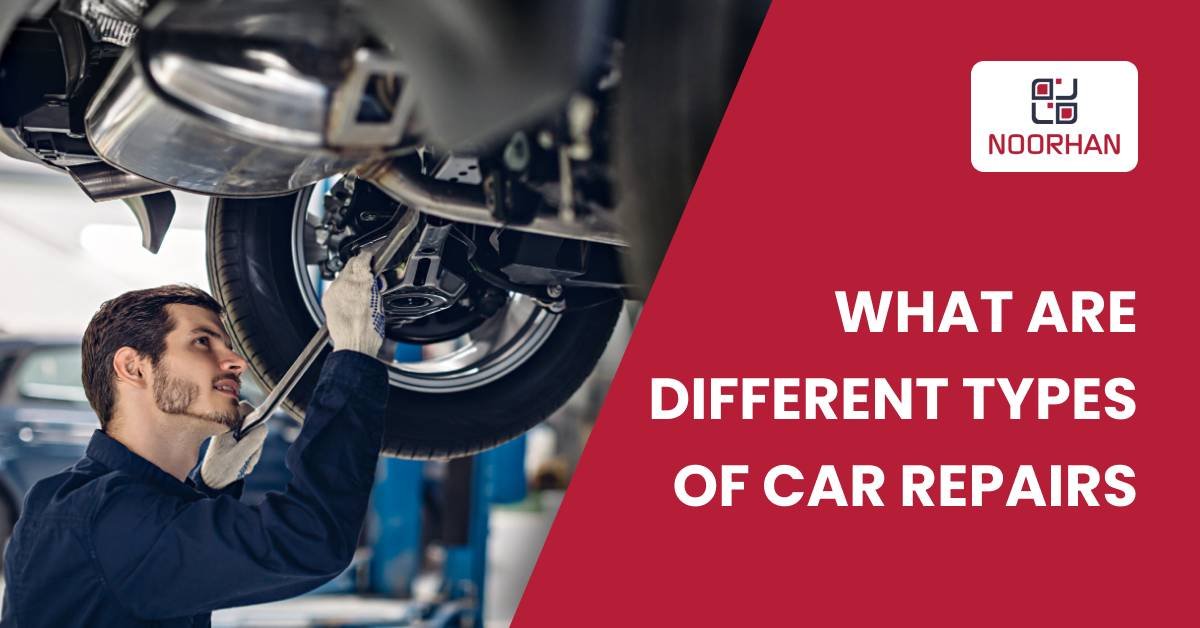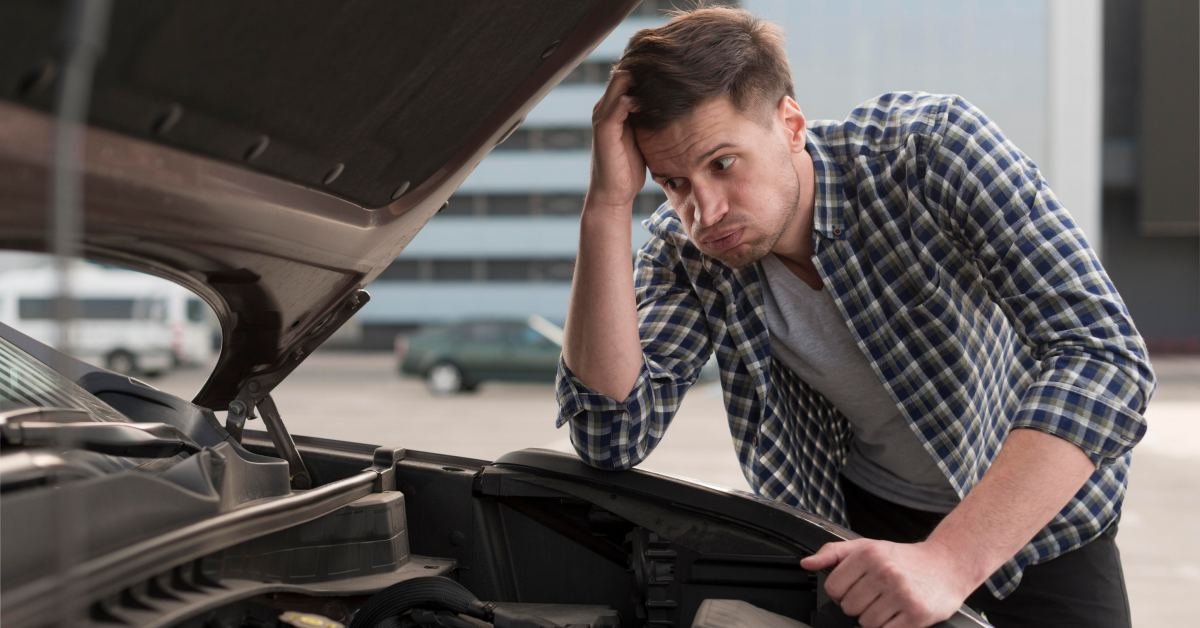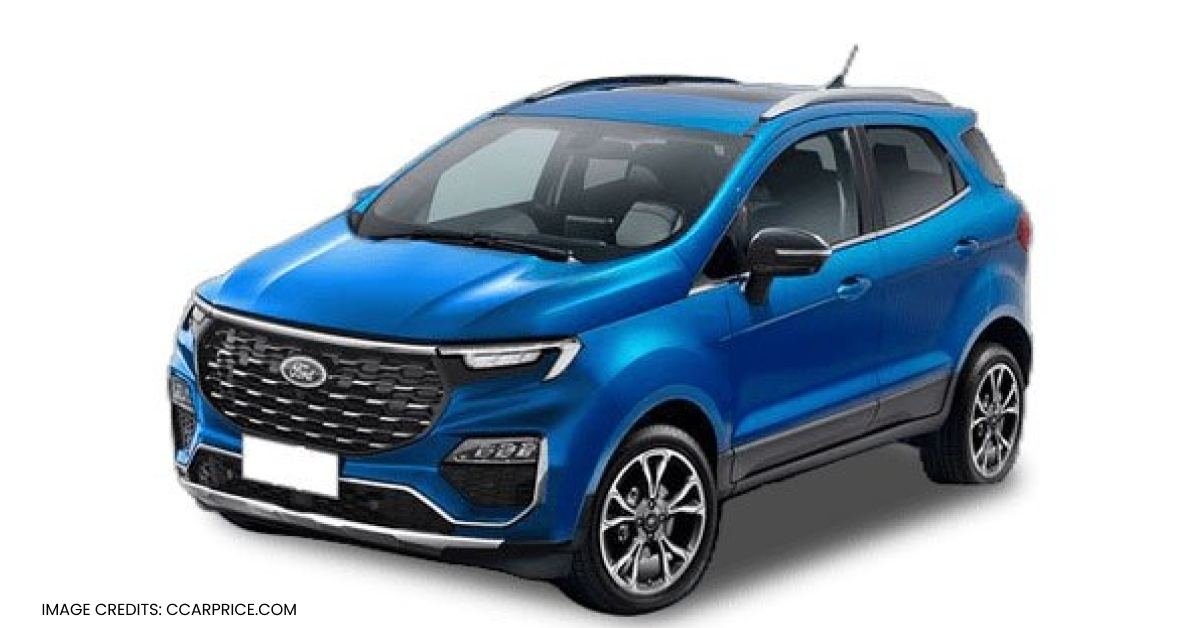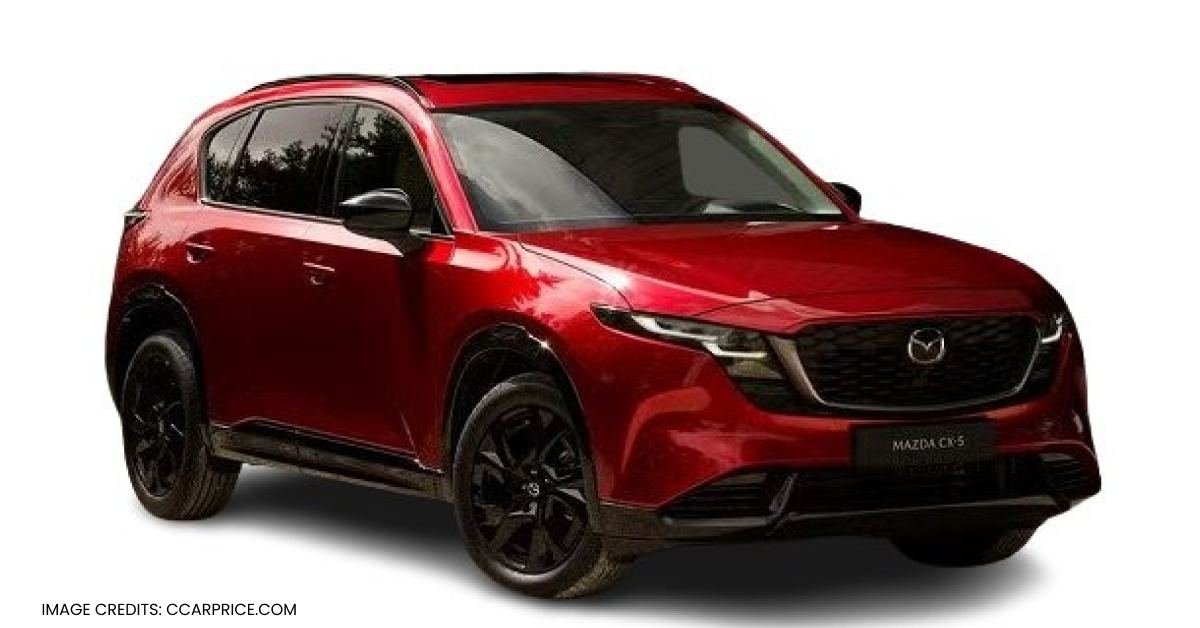-
1. Changing oil1. Changing oil
-
2. To Fix a Flat Tire2. To Fix a Flat Tire
-
3. Swapping out the engine’s spark plugs3. Swapping out the engine’s spark plugs
-
4. Fixing paint that has been scratched4. Fixing paint that has been scratched
-
5. Changing the battery in a car5. Changing the battery in a car
-
6. Changing out a broken light fixture6. Changing out a broken light fixture
-
7. New windshield wipers7. New windshield wipers
-
8. Changing out the air filters8. Changing out the air filters
-
9. Modifying the brake pads9. Modifying the brake pads
-
10. Jump starting a car10. Jump starting a car
-
11. Damage to the clear coat11. Damage to the clear coat
-
12. Cracks in the primer12. Cracks in the primer
-
13. A chip in the paint13. A chip in the paint
-
14. Repair kits for automobile dings and scrapes14. Repair kits for automobile dings and scrapes
-
15. Bumper replacement15. Bumper replacement
Having a car was considered a luxury. But as technology got better, people needed cars to get to the places they go every day. But your car, like any other machine, needs regular maintenance and upkeep to run smoothly and efficiently. A car service is when you bring your vehicle to a shop for a regular inspection. So let’s talk about the different auto repair services available.
So let’s begin…
1. Changing oil
Check and change the oil regularly to keep your automobile operating smoothly and extend your engine’s life. One of the most important do-it-yourself (DIY) skills you should have for car maintenance or repair is knowing how to change the oil in your vehicle. The situation changes, though, if your vehicle’s oil filter and drain plug are inconvenient to access.
Unscrewed the oil drain plug. Emptied The filter before the plug was replaced, and the process was repeated with new oil. There is nothing you can’t master with the countless online guides.
2. To fix a flat tire
The wheel is a common synonym for a car for a good reason. But tires are a crucial component of your car. And occasionally, they’ll go flat on you. However, learning how to change a flat tire doesn’t have to be a major hassle, and it can just save your life.
Lose the Lug nuts with a tool, the automobile is raised using a jack stand, the lug nuts and tire are removed, the spare tire is installed, tightened the lug nuts are using the wrench, lowered the car, and the lug nuts are checked for tightness simple. Learn here how to fix a DIY tire puncture repair
3. Swapping out the engine's spark plugs
Most of us are familiar with spark plugs and their functions. A spark plug is a microscopic device inside a cylinder that generates sparks to ignite gasoline, allowing the engine to run. However, they need replacing every ten thousand miles or so. It’s easy to make the necessary adjustments, though.
Find the spark plugs, disconnect the wire from each one, remove the old one, replace it with a new one, and reconnect the wire. All done! Only attempt this on your own after first viewing a lesson.
4. Fixing paint that has been scratched
Scars are bad, but scratches are worse. Scratches, no matter how little, will ruin the look of your metal monster from afar. The cost of having a body shop remove them may run into the thousands. However, a simple DIY project can save you both time and money.
First, you assess the damage; then, you lightly sand the scratch; then, you clean the area; then, you apply rubbing compound; then, you polish the room with the rubbing combination; finally, you wash the area and wax it to seal the repair. So long as it has been thus far. In doing so, you have just saved a considerable sum of money.
5. Changing the battery in a car
Battery failure in vehicles typically occurs at the most inopportune moments. To get out of a jam when you’re far from civilization, your best bet is to find roadside help and call a tow truck. However, if you’re at home and your battery signals that it may need to be replaced, you may do it with little effort.
Disconnect the negative cables, slide the clamp away from the battery post, repeat for the positive wires, remove the screws, remove the old battery, and install the new one. Before disconnecting any cables, make sure you’ve marked them.
Related Article: The Ultimate Guide to Car Battery Maintenance
6. changing out a broken light fixture
A faulty headlight or taillight is an annoyance and a violation of the law. As a result, you should get new ones as soon as the old ones start to wear out. Having a professional mechanic do a job you can do yourself is a good use of money.
Taking apart the headlight requires unplugging the electrical connector, removing the faulty bulb, installing the replacement bulb, reconnecting the electrical connector, and reinstalling the frame. If you’re lucky, all you’ll sustain is a broken frame, but even that can be dangerous. The same method can be used to make the necessary adjustments.
7. New windshield wipers
Windshield wipers are likely the least appreciated regarding your car’s safety features. Just think about the harm that may be done to your expensive new car if it fails during a strong downpour or snowstorm. It would help if you always replace worn wiper blades and regularly check your windshield wipers’ condition. This do-it-yourself solution works well.
Install A new wiper blade by following these steps: lifting the wiper arm away from the windshield, pressing the little tab that permits the edge to be lifted off, aligning the blade with the arm, and pressing it in tightly. Done! While doing so, be sure to consult relevant guides.
Related Article: How to Change Windshield Washer Fluid
8. Changing out the air filters
It’s easy to remember your car’s air filter. They protect your car’s engine from debris and dust. They are simple to install and cheap to replace, making engine maintenance a breeze.
The hood is opened, the air filter unit is located, the cover is removed, the filter is removed and cleaned, a new filter is installed, and the body is replaced. All done! You are recommended to replace your filter every 30,000 miles or once a year.
9. Modifying the brake pads
When it comes to maintaining your safety on the road, the brakes are among the most crucial components of your car. Inadequate or nonexistent brakes are a leading cause of automobile accidents. The good news is that brake pad replacement is often as simple as tire replacement.
Changing the brake pads on a car is a very simple process that entails loosening the lug nuts, jacking the car up, removing the wheels, removing the slider bolts, removing the old brake pads, and installing the new ones before finally reinstalling the slider bolts and the wheels. When using replica wheels, extra caution is required. The cost savings from this additional do-it-yourself project are minimal.
10. Jump starting a car
This is more of a basic ability than a repair. There should be a universal understanding of how to jumpstart a car. Having to call roadside assistance every time your car won’t start is the easiest thing in the world, so you don’t want to do that.
Remove the jumper cables, place the vehicles in neutral, and turn off each engine. Now, connect the positive terminal of your battery to the red clip and the positive terminal of the other car’s battery to the other red pin (the one that will start). The negative terminal of the other vehicle’s battery should be connected to one of the black clips. Fasten the other end to a piece of metal that has yet to be painted. Start the car and see whether it will start.
11. Damage to the clear coat
It is common knowledge that the paint on an automobile is protected by a thin coating of clear coat that resists elements like UV rays, acid rain, dust, and other road debris. Repairing a car scratch is simple if the damage is limited to the paint. Lacerations in a car’s clear finish are the simplest to fix.
12. Cracks in the primer
Primers are an additional layer of defense applied to our cars’ exteriors to make them more durable and presentable. Rust can set in if the Primer coating behind the clear coat is scratched deeply enough and the body paint needs to be repaired quickly. Getting this corrected properly will take more effort and skill, and the entire affected area is suggested to be repainted to eliminate color variations.
13. A chip in the paint
Nothing can be done about a scratch that deep because it exposes the metal sheet underneath the coatings. Scratches like these happen when someone deliberately scratches your automobile with a rock, a set of keys, or another pointed object or when your car is involved in a severe collision. As soon as possible, corrective action should be taken to prevent the occurrence of any further main causes.
14. Repair kits for automobile dings and scrapes
Mild scratches can also be fixed with a commercially available scratch repair kit. A buffing pad and scratch fixative are included in the set. Dust and debris are removed by washing the surface first. A microfiber cloth is then used to dry the surface.
A tiny amount of solution is rubbed into the surface using the buffing pad. Excess is removed by wiping, and then it’s let to dry. Scratch removal kits have received mixed reviews, with some customers reporting no results and others reporting good results only for extremely small scratches.
15. Bumper replacement
The bumper is often the first point of contact in a collision. You might have avoided major body damage, but your bumper may be in shambles.
Our staff can fix dents, reshape a dented bumper, and then finish it with primer, sealer, and a new coat of paint. A new bumper can be installed if the old one is beyond repair.
Conclusion
All of the aforementioned are examples of auto repair facilities. These auto repair procedures are essential to keeping your car in good working order. Maintenance and repairs are crucial to ensure the safe and reliable operation of any vehicle.
Expert Car Services in Dubai
Book your car maintenance from the comfort of your home











